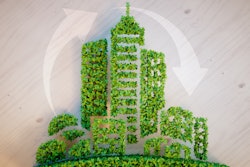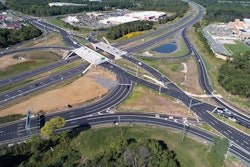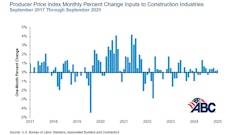
New York’s roads, highways and bridges form vital transportation links for the state’s residents, visitors and businesses, providing daily access to homes, jobs, shopping, natural resources and recreation. Modernizing New York’s transportation system is critical to quality of life and economic competitiveness in the Empire State. Inadequate transportation investment, which will result in deteriorated transportation facilities and diminished access, will negatively affect New York’s economic competitiveness and quality of life.
Driving on New York roads that are deteriorated, congested and that lack some desirable safety features costs New York drivers a total of $24.8 billion each year. TRIP has calculated the cost to the average motorist in the state’s largest urban areas in the form of additional vehicle operating costs (VOC) as a result of driving on rough roads, the cost of lost time and wasted fuel due to congestion and the financial cost of traffic crashes.
Due to inadequate state and local funding, 49 percent of major roads and highways in New York are in poor or mediocre condition. Driving on rough roads costs the average New York driver $587 annually in additional vehicle operating costs.
 49 percent of major roads and highways in New York are in poor or mediocre condition. Driving on rough roads costs the average New York driver $587 annually in additional vehicle operating costs.
49 percent of major roads and highways in New York are in poor or mediocre condition. Driving on rough roads costs the average New York driver $587 annually in additional vehicle operating costs.
In addition, congested roads choke commuting and commerce and cost New York drivers $13 billion each year in the form of lost time and wasted fuel. In the most congested urban areas, drivers lose up to $1,765 and more than three full days each year in congestion.
Aging Bridges Cause Concern
Ten percent of New York’s bridges are in poor condition, meaning there is significant deterioration of the bridge deck, supports or other major components. Most bridges are designed to last 50 years before major overhaul or replacement, although many newer bridges are being designed to last 75 years or longer. In New York, 52 percent of the state’s bridges (9,039 of 17,444) were built in 1969 or earlier.
Approximately two-thirds (531 of 809) of bridges on the New York Thruway system are more than 60-years-old.



















